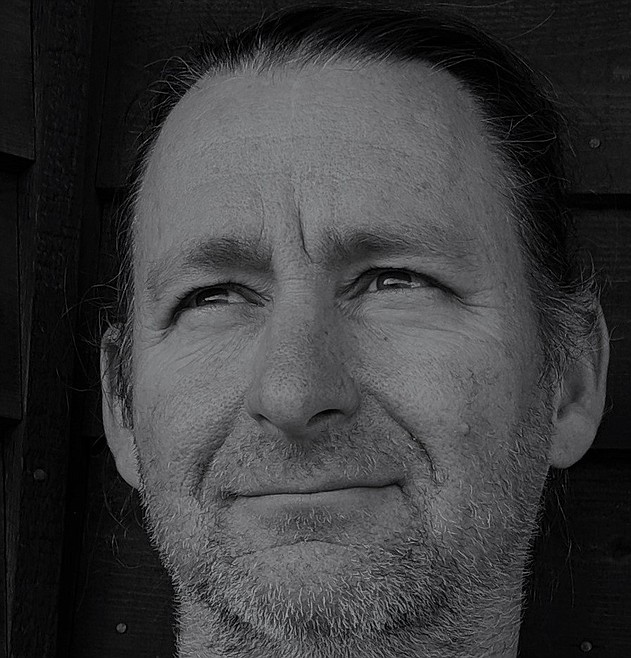Indigenous Peoples’ Day and Cristóbal Colón
November is National American Indian Heritage Month and a good time to review the debate about Columbus Day.
In 1492, three Spanish ships and 87 crewmen, captained by Cristóbal Colón, visited Taíno communities on several Caribbean islands. In the USA, Colón is called “Christopher Columbus,” and some people still believe he “discovered America.” But in 1492, millions of people already lived throughout the Americas. Colón and crew weren’t even the first Europeans to reach the Western Hemisphere. Ancient Norse (Icelanders) briefly dwelled in the land of the ancient Beothuks (Newfoundland, Canada) around the year 1000.
Colón is historically significant because he opened a new era of contact between Europe and the Americas. He also initiated the horrific transatlantic slave trade. Colón and his Spanish colonizers tortured, slaughtered, and enslaved Taíno families. By 1550, very few Taínos remained, and the colonizers turned to importing African captives.
Colón was not part of early U.S. history. He never set foot in what is now the USA, and he was further away in time from the Declaration of Independence (1776) than we are today. Furthermore, Colón was a Catholic crusader sponsored by Queen Isabella I of Castile (Spain). The 13 colonies which became the basis for the USA were generally hostile toward Catholics. Had Colón and his men sailed into Virginia or New England in, say, 1640, they likely would have been slaughtered by English Protestants.
Yet “Christopher Columbus” became, practically, the patron saint of the USA. Many prominent statues honor him, and his name can be found on Columbia University, Columbia River, Space Shuttle Columbia, numerous counties and cities, and the District of Columbia. How did this happen?
The “Columbus discovered America” theme appealed to early U.S. citizens for two reasons: It skipped over thousands of years of Native American history and it devalued English colonizers who represented the hated King of England.
In the 19th century, Italian Americans, who often faced anti-Catholic discrimination, made Columbus a symbol of their ethnic heritage. Their romanticized Columbus story was about a brave and good Italian sea captain who proved the world was round. (Ancient Greek scholars had determined Earth’s roundness two thousand years before Colón was born, and recent archival research suggests Colón likely was Portuguese.)
In 1892, the quatercentenary of Colón’s famous voyage, Baptist minister Francis Bellamy promoted Columbus Day celebrations in the schools, during which students would give stiff-armed salutes to the U.S. flag. For Bellamy, who wrote the original “Pledge of Allegiance,” the Pledge-Flag-Columbus formula was a way to convert U.S. children into proper patriots.
In this fashion, Columbus the symbol joined U.S. history. U.S. history classes typically started with 1492 (leaving out the Native past), then jumped to 1776 (leaving out the colonial British period). Italian Americans lobbied for a Columbus holiday, and Congress legislated national observance in 1934. In cities with large Italian-descent populations, Columbus Day became almost as important as Independence Day. After 1969, writers of children’s books regularly equated Columbus with astronauts who walked on the moon.
In 1992, Native groups opposed major U.S. celebrations of the Columbus quincentennial. During the preceding 30 years, Natives had participated in sit-ins, fish-ins, protest caravans, lawsuits, and college courses. They had become politicized and emboldened, and for them, Columbus was not a sanitized symbol of discovery and patriotism. They understood Columbus to represent Colón, the enslaver and destroyer, initiator of five hundred years of genocide, and nothing to celebrate.
Native representatives from across the Western Hemisphere declared Oct. 12, 1992, an “International Day of Solidarity with Indigenous Peoples” and promoted the study of Native heritage. The U.S. National Council of Churches called on Christians to refrain from celebrating Columbus, stating, “What represented newness of freedom, hope and opportunity for some was the occasion for oppression, degradation and genocide for others.”
Since 1992, dozens of U.S. cities and towns and 14 states have officially replaced Columbus Day with Native American Day or Indigenous Peoples’ Day. In recent years, the city councils of Spokane, Moscow, and Boise, encouraged by local tribal members, have joined the movement. On Oct. 14, 2019, Governor Brad Little proclaimed Idaho’s first Indigenous Peoples’ Day.
Some critics call this “political correctness” — a slur intended to dismiss sensitivity to historical inequities. But for others, the rejection of Columbus Day, like the rejection of Confederate statues, is part of an effort to delegitimize symbols that celebrate racist violence. As a group called Italian-Americans Against Christopher Columbus affirmed in 1992, “When Italian-Americans identify with Native people, we are bringing ourselves closer to possible change in the world.”
The Boundary County Human Rights Task Force encourages you to investigate the Native heritage of the Pacific Northwest, which, according to recent archaeological work at Cooper’s Ferry, Idaho, dates to at least 15,000 years ago.
Timothy Braatz is the author of “Surviving Conquest: A History of the Yavapai Peoples”.

